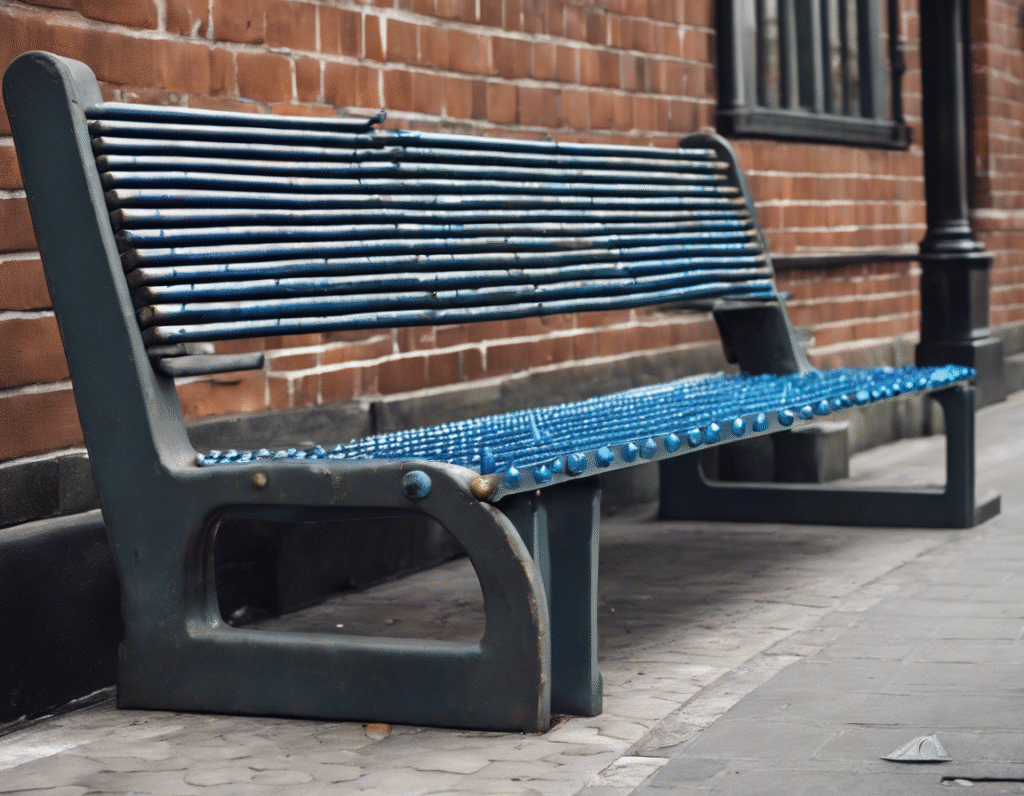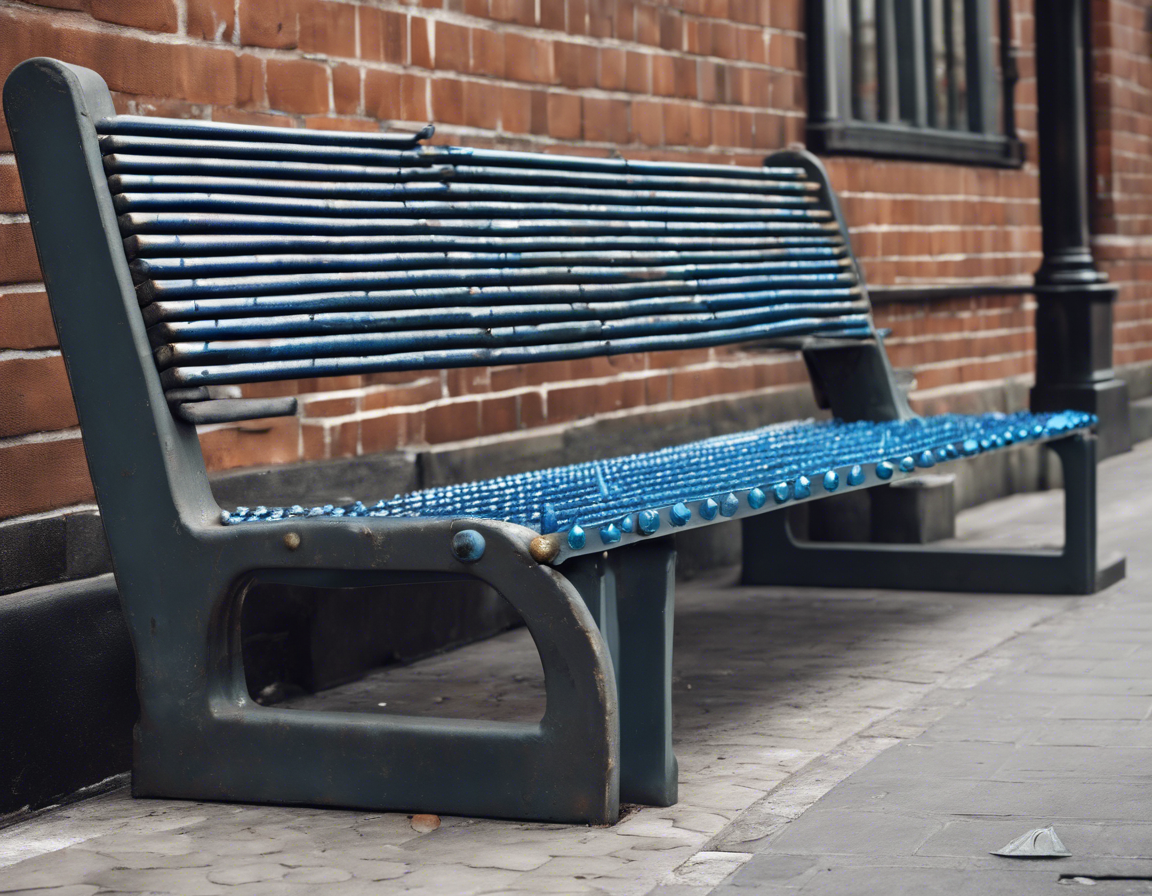In urban planning, the concept of Hostile Architecture has been a topic of discussion in recent years. This term refers to the design of public spaces and structures with the intention of controlling or restricting certain behaviors. Often, these designs aim to discourage activities such as loitering, sleeping, or skateboarding. However, they can also have unintended consequences by making public spaces less welcoming and inclusive.

To combat Hostile Architecture and promote more inclusive and people-friendly urban environments, a group of concerned citizens has launched an initiative called Project Raahat. This project is centered around raising awareness about the issue of Hostile Architecture and advocating for more thoughtful and humane design solutions. The website dedicated to Project Raahat serves as a hub for information and resources related to this important cause. Visitors to the site can learn more about the impact of Hostile Architecture on communities, view examples of problematic designs, and discover ways to get involved in the movement. One of the key goals of Project Raahat is to engage with local authorities, urban planners, and designers to promote the adoption of more inclusive design principles. By raising awareness and fostering dialogue around this issue, the project hopes to inspire positive change in the way public spaces are planned and developed. Through initiatives like Project Raahat, we can work towards creating cities that are truly welcoming and accessible to all members of the community. By challenging the prevalence of Hostile Architecture and advocating for more inclusive design practices, we can help build a more compassionate and equitable urban environment for everyone.
